PCE inflation as expected, and financial markets like it.
The PCE (personal consumption expenditures) price index for July rose by 0.2 percent, a tad faster than the prior month, but equal to market expectations. The 12-month trend rate was up by 2.5 percent, the same as in June and also equal to market expectation.
The core PCE price index (removing the volatile food and energy components) increased by 0.2 percent for June as well – again, equal to market expectations. The trend rate ticked down to 2.5 percent, a bit better than expected, but only because of rounding.
Later today, we will get median and trimmed-mean PCE inflation measures, and we consider those better measures of underlying inflation.
We have noted that there are three key bits of data between now and the September FOMC meeting, and this was the first. While today’s inflation news remains positive, next week’s employment report will likely be a more important determinant of near-term Fed policy actions given Chair Powell’s recent comments that the Fed is moving from a concentration on inflation to a more balanced view of inflation and the job market (as inflation moves closer to goal and the unemployment rate edges upward). The third key data point will be the August CPI which will be released in mid-September.
The report also noted that PCE rose by 0.5 percent for the month, and by 0.4 percent in inflation-adjusted terms. This broad measure of consumer spending does not suggest that consumer spending is slowing significantly. With consumer spending roughly two-thirds of all spending in the economy, it would be difficult for overall GDP growth to slow dangerously with this pace of consumer activity. As a result of solid consumer spending combined with broad inflation that is slowly trending lower (but is still modestly above the Fed’s 2.0 percent goal), there is little cause for the Fed to move sharply at the September FOMC meeting – and we continue to expect that Fed to ease by 25 bps at that meeting. The key questions now are will the Fed continue to ease later this year (November and December FOMC meetings) and by how much? Our projections remain for the Fed to cut the federal funds rate at each of the remaining 2024 meetings by 25 basis points. But as Chair Powell noted in his Jackson Hole speech, future data on the economy and inflation will determine those moves.
The economy remains in a “softish” landing, and the Fed is likely pleased with this outcome. Financial markets certainly are pleased, with broad equity indexes continuing to move higher.
David W. Berson, Ph.D.
Chief US Economist
Email | Bio
Links to other websites or electronic media controlled or offered by Third-Parties (non-affiliates of Cumberland Advisors) are provided only as a reference and courtesy to our users. Cumberland Advisors has no control over such websites, does not recommend or endorse any opinions, ideas, products, information, or content of such sites, and makes no warranties as to the accuracy, completeness, reliability or suitability of their content. Cumberland Advisors hereby disclaims liability for any information, materials, products or services posted or offered at any of the Third-Party websites. The Third-Party may have a privacy and/or security policy different from that of Cumberland Advisors. Therefore, please refer to the specific privacy and security policies of the Third-Party when accessing their websites.
Sign up for our FREE Cumberland Market Commentaries
Cumberland Advisors Market Commentaries offer insights and analysis on upcoming, important economic issues that potentially impact global financial markets. Our team shares their thinking on global economic developments, market news and other factors that often influence investment opportunities and strategies.

